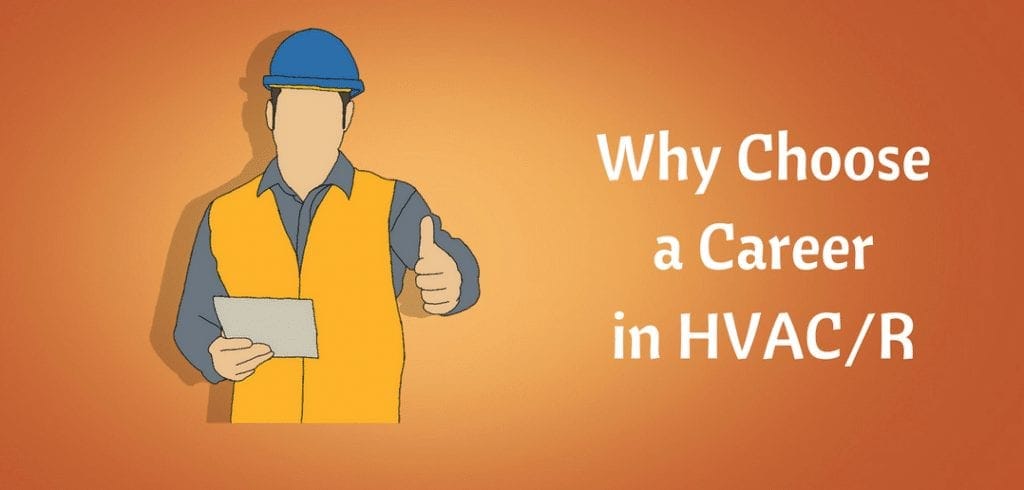The Ultimate Guide To Understanding Warm Pumps - Exactly How Do They Function?
The Ultimate Guide To Understanding Warm Pumps - Exactly How Do They Function?
Blog Article
Material Writer-Hoppe Gylling
The best heatpump can conserve you substantial amounts of cash on power bills. They can additionally help in reducing greenhouse gas discharges, specifically if you use electrical power in place of nonrenewable fuel sources like propane and home heating oil or electric-resistance heaters.
Heat pumps work significantly the same as ac unit do. This makes them a feasible alternative to typical electric home heater.
Just how They Work
Heat pumps cool homes in the summer and, with a little aid from electricity or natural gas, they offer several of your home's heating in the winter months. They're an excellent alternative for people that wish to minimize their use nonrenewable fuel sources yet aren't prepared to replace their existing heater and a/c system.
They depend on the physical reality that even in air that seems as well cool, there's still energy present: cozy air is always moving, and it wants to relocate into cooler, lower-pressure atmospheres like your home.
The majority of ENERGY STAR licensed heatpump operate at near their heating or cooling ability throughout most of the year, decreasing on/off biking and conserving energy. For related resource site , concentrate on systems with a high SEER and HSPF rating.
your input here of the heat pump is the compressor, which is likewise referred to as an air compressor. This mechanical moving gadget makes use of possible energy from power production to increase the stress of a gas by reducing its quantity. It is various from a pump in that it only deals with gases and can't work with liquids, as pumps do.
Climatic air enters the compressor through an inlet shutoff. It travels around vane-mounted arms with self-adjusting length that divide the inside of the compressor, creating several dental caries of differing size. The blades's spin pressures these dental caries to move in and out of stage with each other, pressing the air.
The compressor pulls in the low-temperature, high-pressure cooling agent vapor from the evaporator and presses it into the warm, pressurized state of a gas. This procedure is repeated as required to provide home heating or air conditioning as required. The compressor likewise contains a desuperheater coil that reuses the waste heat and adds superheat to the refrigerant, changing it from its liquid to vapor state.
The Evaporator
The evaporator in heat pumps does the same point as it does in fridges and air conditioning system, transforming liquid refrigerant right into an aeriform vapor that gets rid of heat from the space. Heatpump systems would not work without this critical piece of equipment.
dc heatpump of the system is located inside your home or building in an interior air handler, which can be either a ducted or ductless device. It contains an evaporator coil and the compressor that compresses the low-pressure vapor from the evaporator to high pressure gas.
Heat pumps soak up ambient warmth from the air, and then utilize electrical power to move that warm to a home or organization in heating mode. That makes them a whole lot much more power reliable than electrical heaters or furnaces, and since they're using clean electrical power from the grid (and not melting fuel), they likewise produce far fewer discharges. That's why heatpump are such wonderful environmental options. (Not to mention a big reason why they're becoming so preferred.).
The Thermostat.
Heat pumps are excellent choices for homes in cold environments, and you can utilize them in mix with typical duct-based systems and even go ductless. They're a terrific alternate to fossil fuel heating systems or traditional electric furnaces, and they're much more sustainable than oil, gas or nuclear HVAC equipment.
Your thermostat is one of the most vital element of your heat pump system, and it functions extremely in different ways than a traditional thermostat. All mechanical thermostats (all non-electronic ones) job by utilizing compounds that change dimension with raising temperature, like coiled bimetallic strips or the increasing wax in a vehicle radiator valve.
These strips contain 2 various sorts of metal, and they're bolted with each other to form a bridge that completes an electrical circuit linked to your heating and cooling system. As the strip gets warmer, one side of the bridge broadens faster than the other, which triggers it to bend and signify that the heater is needed. When the heatpump is in home heating mode, the reversing shutoff turns around the circulation of refrigerant, so that the outdoors coil currently operates as an evaporator and the interior cylinder ends up being a condenser.